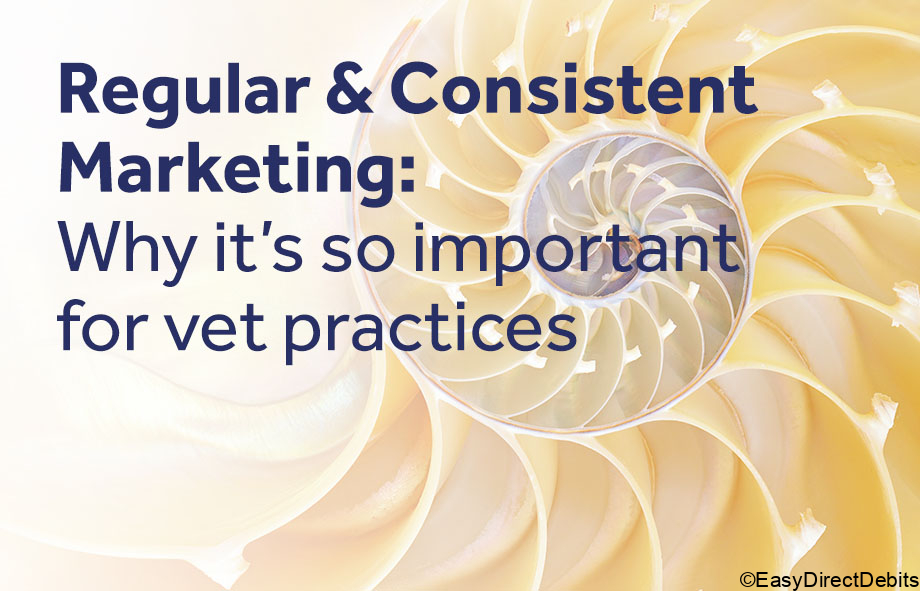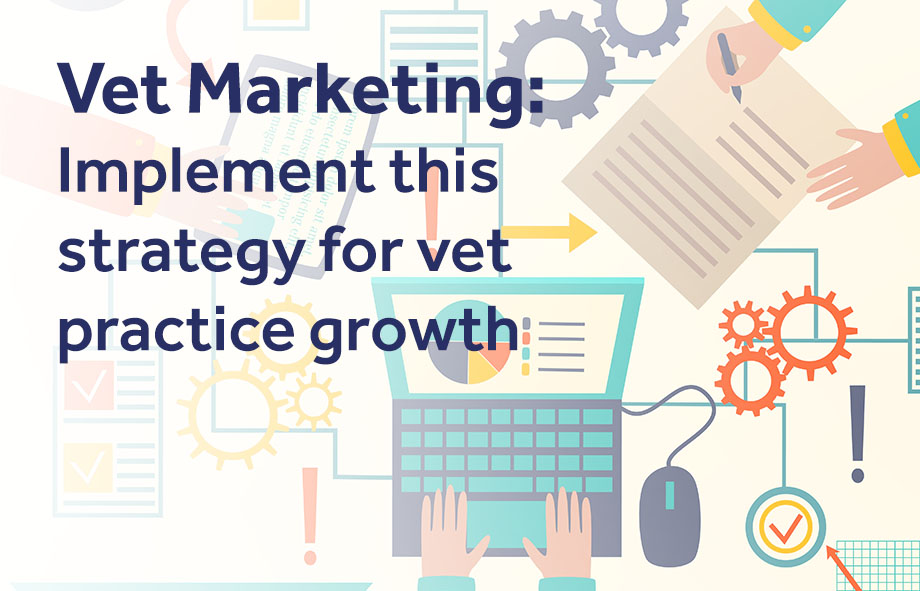Brand positioning – all vets need to read this
It’s marketing jargon, but in a nutshell, brand positioning is a statement that everyone within the practice knows is their true reason for existing in the market. It should shape all your marketing and brand decisions and help ensure you occupy the space in your client’s – and potential client’s – minds that you want it to. We aren’t talking taglines – they are external messages seen by everyone. Your brand positioning statements are internal and used to help keep all you do on target.
Good positioning means that when people think of you, they are holding the information you want them to hold about you. Thinking of you makes them recall, for example, that you offer the best whole-of-life care, that you have a machine that can help their dog’s stiff joints, that their pet’s ongoing health is as important to you as it is to them.
And that this is different to your competitors.
Developing and maintaining a strong position will help make sure your physical environment and the experience your clients have at every touchpoint is as consistent with your brand as your marketing messages. With your positioning in mind, these messages will always be well-targeted, relevant, applicable, and competitively distinct.
Your marketing needs to pinpoint what makes you special and unique in the marketplace and make people want to pick YOU.
Whilst you definitely need to talk about what you have to offer, the messages need to hit people at an emotional level as well as rational. Emotional decisions are generally stronger and faster than rational ones and are also more likely to result in client loyalty. Maya Angelou’s quote ‘I’ve learned that people will forget what you said, people will forget what you did, but people will never forget how you made them feel” is one that’s frequently quoted, but for good reason – it’s true.
The ultimate goal of your branding is to get past the tangible qualities of your practice. You need to appeal to people’s emotional triggers by passing on information about the intangible ones, or your unique ‘why’ that your competitors don’t have.
How do I come up with my brand positioning statement?
Using the work you’ve done so far, you can pull together the elements to define your position and your statement:
- Buyer persona
(using the client persona of the client you’d like more of!): A short summary of the demographic and psychographic profile that the market segment you want to appeal to. - Competitive position:
What category is your brand competing in and in what context does your brand have relevance to your customers? - Brand Promise:
What is your ‘why’. This is the rational but mainly emotional core belief. The one that really makes you who you are.
Using answers to these questions, you can put together your positioning statement:
For [buyer persona answer], [practice name] is the [competitive position] that delivers [your ‘why’].
A completed example might look like this:
For [clients who are generally retired, want to feel cared for and to have their pet with them for the longest time possible], [Wonderful Vet Co] is the [best practice around for offering excellent value, budgeting options, regular free checks ups and in-house services necessary to a healthy and happy whole-of-life.
Wonderful Vet Co. is a trustworthy and essential member of the family] that delivers [excellent professional care as if these pets – and client’s money – were our own].
Want campaign ideas, timelines, examples of successful messaging?
Photo by Carlos Esteves on Unsplash









